That Legendary Virtual Band: How To Sound Like Gorillaz
Gorillaz is a virtual band formed in 1998, in London, UK by Damon Albarn of Blur and Tank Girl creator, Jamie Howlett. The lineup of colourfully animated characters includes 2-D, Murdoc, Russel, and Noodle have a storyline that has evolved constantly over the years.
The sheer brilliance of the band as a concept is that, like good songs, cartoon characters are timeless. The result of the Gorillaz folklore development is that they have consistently been able to maintain a connection with a global audience, especially in the US.
Although Damon stands squarely against sentimentality when it comes to the way music is released, the narrative behind Jamie’s artwork has ensured that the group retains a cult following to this day.
The Gorillaz sound
In terms of collaboration, Gorillaz is one of the most diverse acts in music history. According to Damon, it began with the Blur song, On Your Own, and when combined with the comic-book aesthetic became the perfect launchpad into pop culture.
In 1998, the debut Gorillaz album was produced by Dan The Automator and featured Del The Funky Homosapien on the lead single Clint Eastwood.
You are currently viewing a placeholder content from YouTube. To access the actual content, click the button below. Please note that doing so will share data with third-party providers.
Over the years, many more great artists and producers worked with the Gorillaz project, including Danger Mouse, Bootie Brown, Shaun Ryder, Ike Turner, MF Doom, Snoop Dogg, Mos Def, Bobby Womack, Little Dragon, Lou Reed, Gruff Rhys, Sinfonia Viva, Stephen Sedgwick, James Murphy (LCD Soundsystem), André 3000 (Outkast), The Twilite Tone, Little Simz, Paul Simonon (The Clash), Little Dragon, and many more.
Let’s take a look at some of the key instruments that became the creative spark in the formulation of the early Gorillaz sound.
Solina String Ensemble
The creepy ascending string part from Clint Eastwood comes from the Solina String Ensemble. Although it was distributed by ARP between 1974 and 1981, it was manufactured by Eminent BV.
The String Ensemble uses an early form of subtractive synthesis where twelve discrete tone generators with octave divide-down give it full polyphony but through a single envelope and filter.
The warped sound can also be attributed to the built-in BBD chorus which has two LFOs. If you can’t wait for the release of the Behringer String Ensemble, the Solina V is a plug-in recreation within Arturia’s V-Collection 9 software bundle.

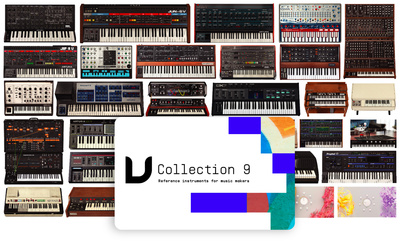
Suzuki Omnichord OM-300
In 1981, Suzuki introduced the Omnichord as a tool to accompany musicians. It has a percussion section with preset rhythm patterns, a chord generator, and a Sonic Strings section which was played with a touch strip.
The entire rhythm track from Clint Eastwood is actually built around the standard Rock 1 preset rhythm from the Omnichord OM-300. When combined with the String Ensemble, its feel captures the atmosphere of a classic Western film with uncanny accuracy.
If you don’t fancy paying over $500 for the original, Ableton Live users can get a decent Omnichord plug-in pack here. Otherwise, you can find inspiration with the Playtime Engineering Blipblox.

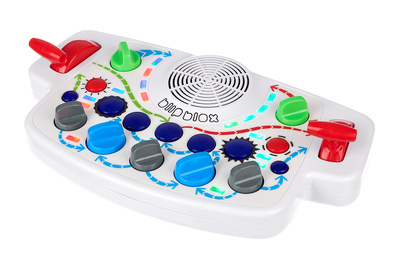
Rhodes Chroma
Along with the likes of the Elka Synthex, the Rhodes Chroma is one of the most sought-after vintage synthesizers you’ll find. Developed by ARP in 1979, the Chroma is an incredibly lush-sounding subtractive polyphonic beast.
It was also one of the first synths of its kind to offer computer control with the help of a microprocessor and an Apple IIe interface card. However, less than 3000 Chromas were ever built, and they cost $5295 for the 8-voice keyboard which could be increased to 16-voices with the $3150 expansion module.
A classic sports car is probably more affordable than a Chroma these days, but you can also get some great analogue sounds from the Prophet Rev2 8.

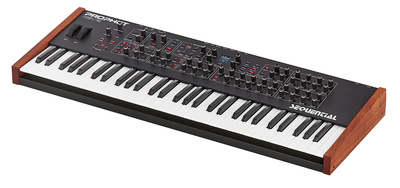
Moog Prodigy
The Moog Prodigy is an old favourite of Trent Reznor (NIN) and Liam Howlett (so much so that he borrowed the name). Although the architecture is remarkably simple, it’s still capable of those screaming sync mod leads that we love it for.
Although it wasn’t actually designed by Bob Moog, the layout is astoundingly logical and easy to work with. Along with the Prodigy, the Moog collection in Damon’s studio also includes the Voyager (used on Plastic Beach) and the Little Phatty.
It’s speculated that the leads and bass sounds from Dare were created with the Prodigy. However, these are relatively simple to make with any modern synth and the Grandmother offers so much more in terms of sound creation capabilities.

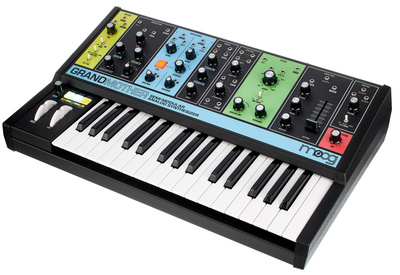
Roland CR-78
With a drum machine collection like Damon’s, it’s difficult to pick one. But the CR-78 you can hear on Empire Ants is so distinctive, and the interface of the CompuRhythm drum boxes captures the creative process at play in many Gorillaz songs.
Apart from the famous bank of 34 preset rhythms, the CR-78 was the first of its kind to allow you to create and store your own patterns as well. While it doesn’t have MIDI, it does have the ability to clock to its CV input, which is useful.
As a modern alternative, the TT-78 Beat Bot from Cyclone Analogic has an intuitive pattern sequencer and a great analogue sound.

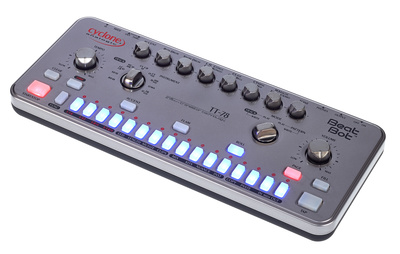
What are your favourite instruments and studio gear used by Gorillaz? Please let us know in the comments below!
More about Gorillaz:
- The Gorillaz official page
- Gorillaz Wiki
- KORG iELECTRIBE Gorillaz Edition for iPad
- More sound-alikes
- Everything vintage
Videos:
You are currently viewing a placeholder content from YouTube. To access the actual content, click the button below. Please note that doing so will share data with third-party providers.
You are currently viewing a placeholder content from YouTube. To access the actual content, click the button below. Please note that doing so will share data with third-party providers.
You are currently viewing a placeholder content from YouTube. To access the actual content, click the button below. Please note that doing so will share data with third-party providers.
You are currently viewing a placeholder content from YouTube. To access the actual content, click the button below. Please note that doing so will share data with third-party providers.
*Note: This article contains promotional links that help us fund our site. Don’t worry: the price for you always stays the same! We will receive a small commission if you buy something through these links. We appreciate your support!
One response to “That Legendary Virtual Band: How To Sound Like Gorillaz”
 4,1 / 5,0 |
4,1 / 5,0 | 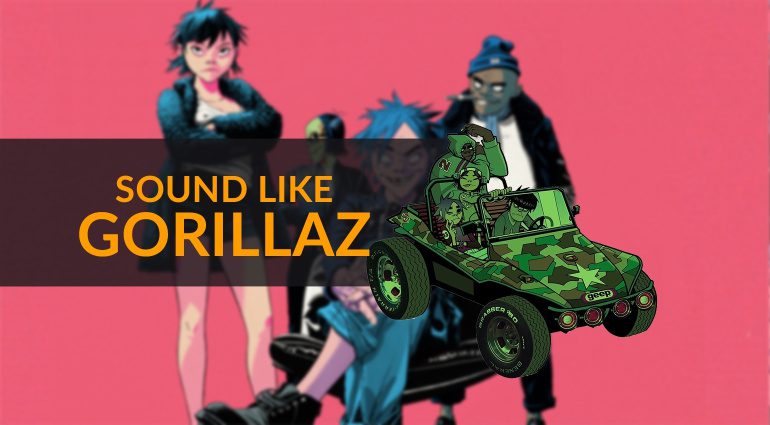

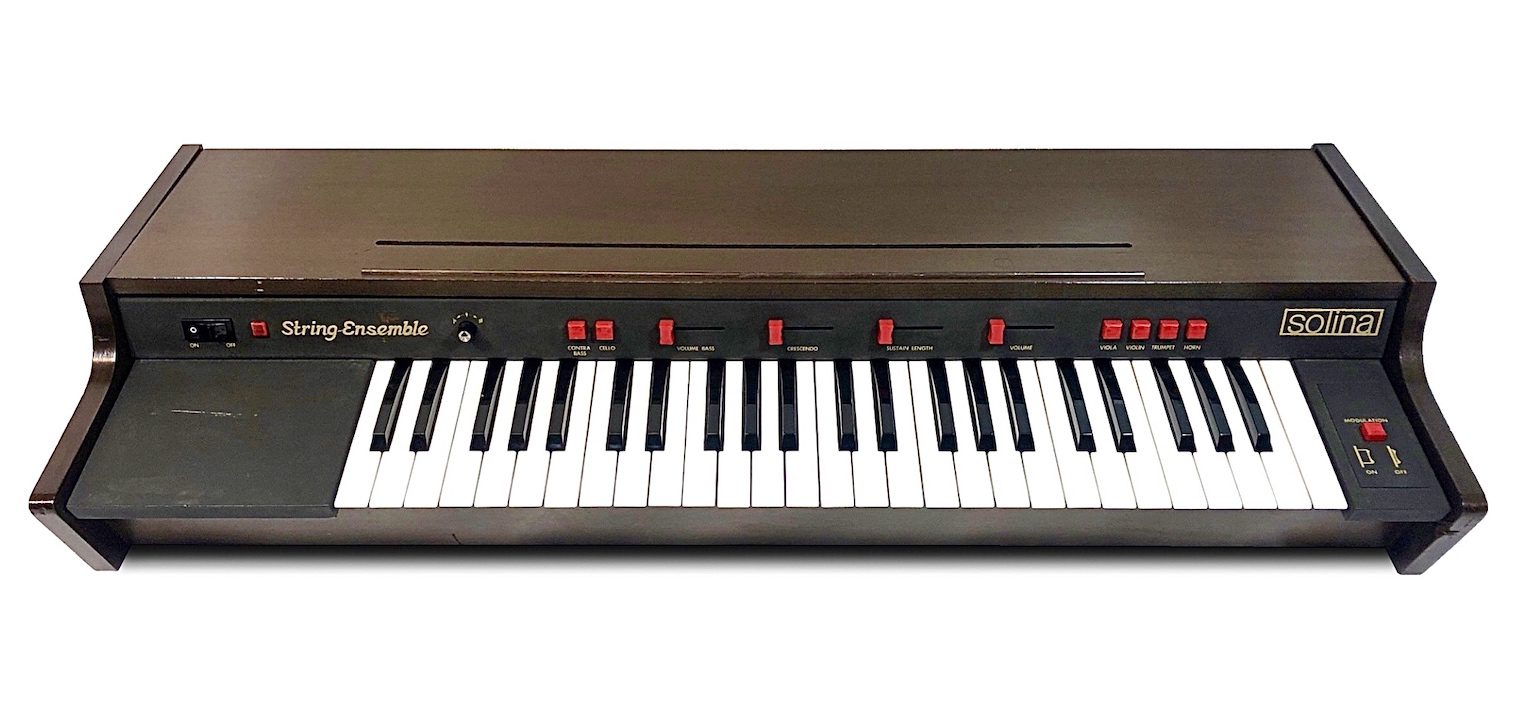

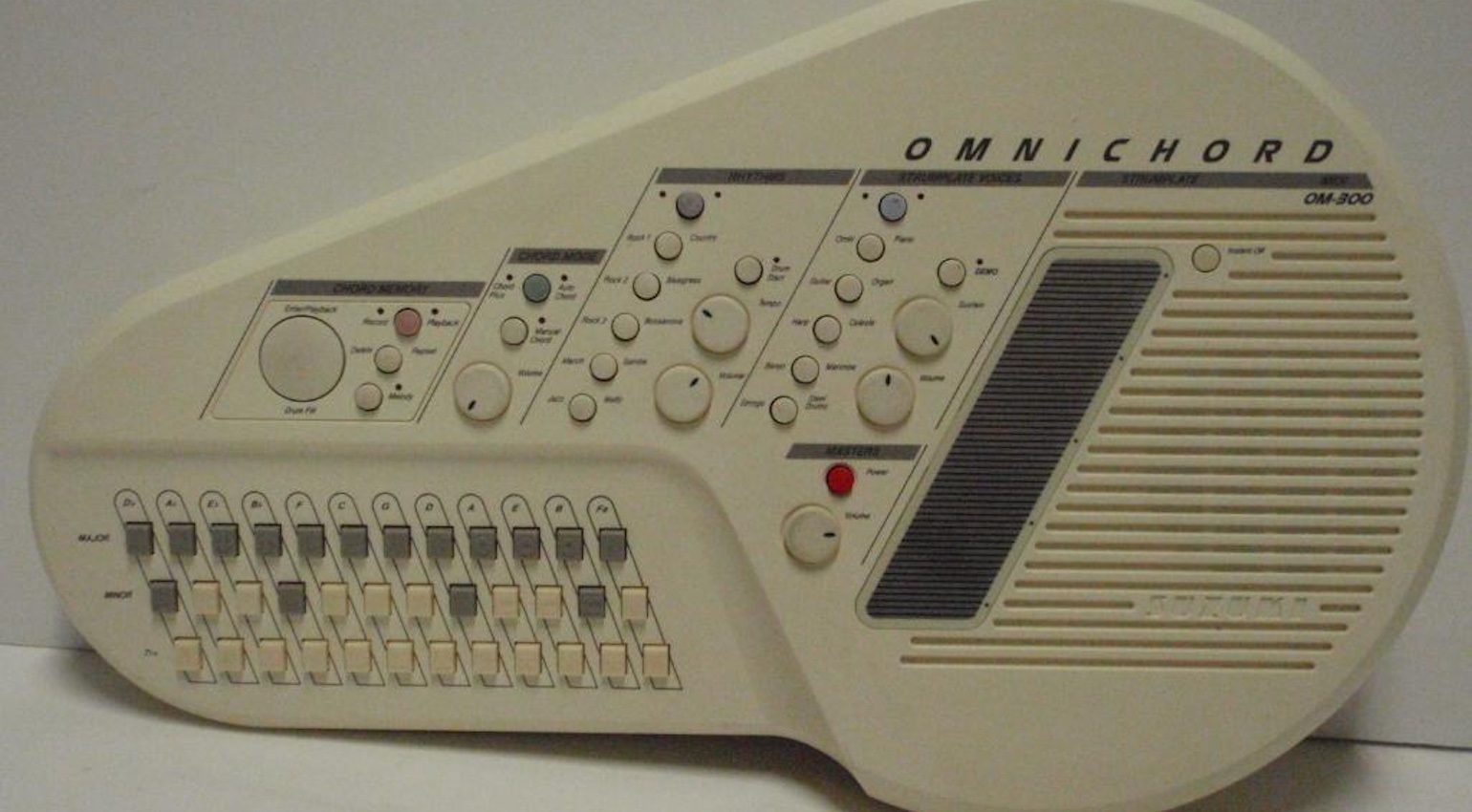

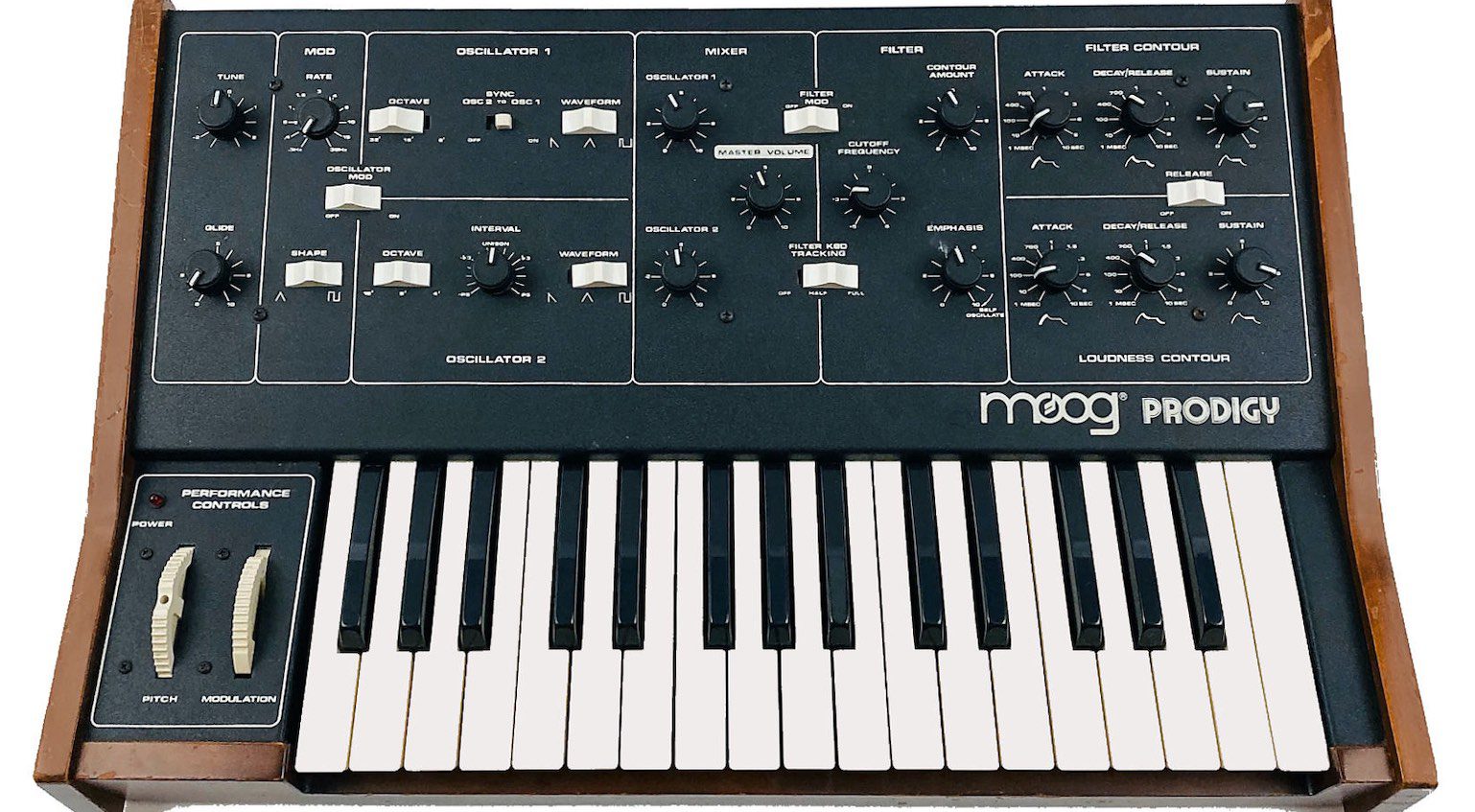
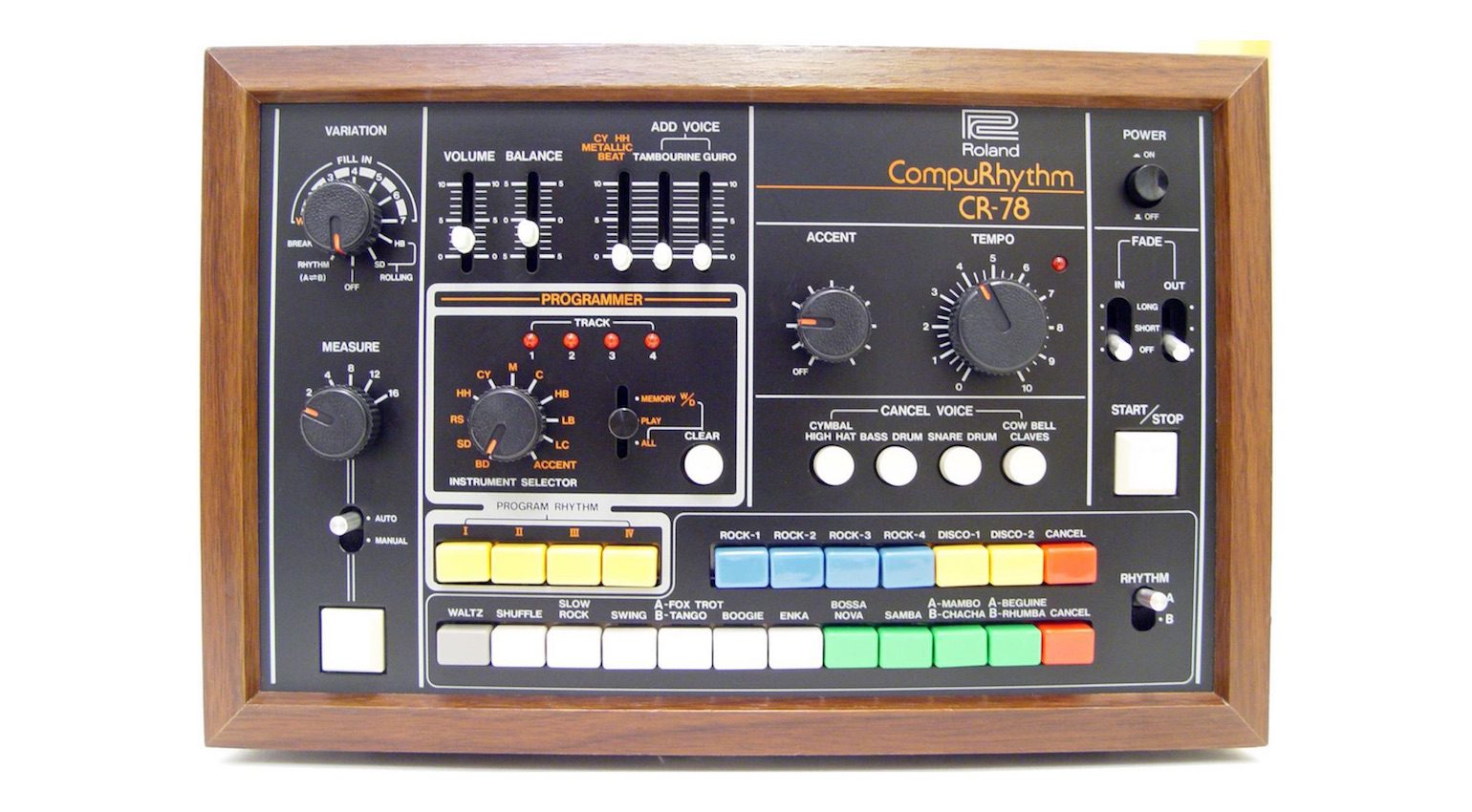
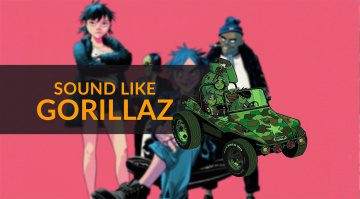

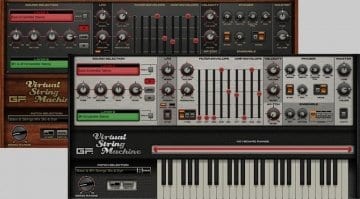
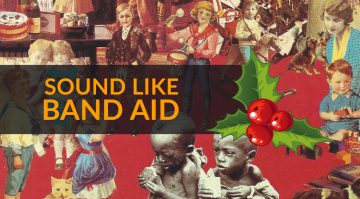
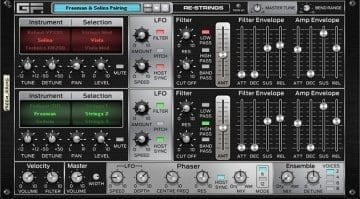
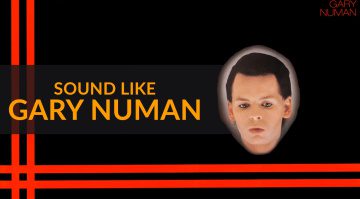

There’s a nice Solina plugin by AIR, for the MPC 2.0 software as well, btw.
Enjoying the new album. I loved the first Gorillaz album (darker, more dub-y), and could never get into the others since, so I’m happy to be excited by the new one.